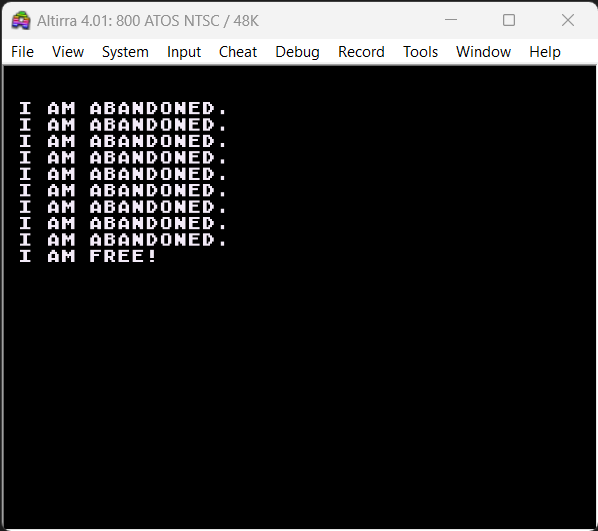USER-DEFINED PROCEDURES: EXITING FROM A PROCEDURE
This small example will show a way to exit from a procedure, when executing it. The trick is done by using the instruction POP PROC. This instruction will stop the current procedure execution and it continue from the point the procedure was called.
source
compile
sandbox
issues?
back to examples


